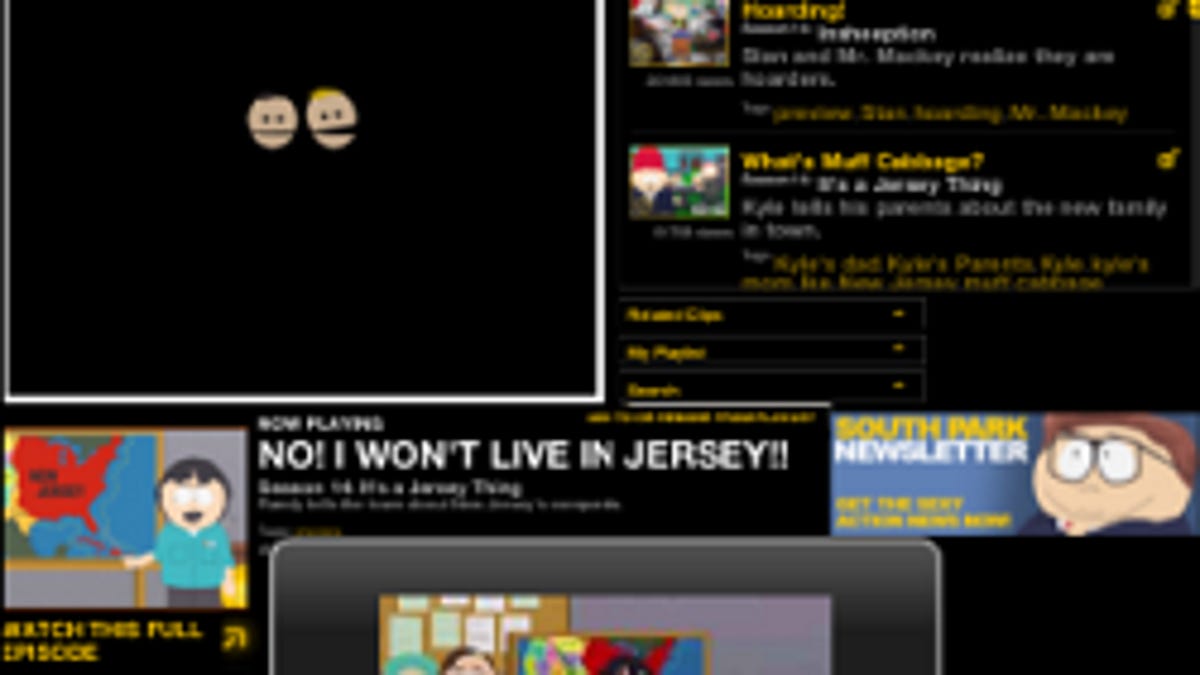3 lessons from Skyfire's botched iPhone launch
Skyfire's shaky iPhone browser launch tell us something important about iPhone users, Flash video, and the way forward.

Mobile browser-maker Skyfire may have had a disastrous launch day of Skyfire for iPhone due to shaky bandwidth, but now that the Silicon Valley company is disclosing some numbers, there are several tidbits we can glean about the Flash video-streaming browser.
1. Skyfire grossed almost $1 million: Skyfire sold about 100,000 copies of Skyfire for iPhone during the first five hours of release last Wednesday, plus more than 200,000 more during the weekend since the company quietly reinstated the app on Friday, according to a Skyfire statement. At $2.99 each for about 300,000 sales total, that's about $1 million during the weekend, before Apple's 30 percent share.
2. iPhone users want Flash support: At least for now, iPhone users have shown a willingness to pay $3 for an app that provides a workaround to receive streaming Flash video on most Web sites you visit through Skyfire. This is significant when you consider on one hand the proliferation of 99-cent apps as a normal amount of cash to part with for an app, and on the other hand, the substantial number of free browser alternatives. In addition, Skyfire ranked No. 1 in paid, top grossing, and utility categories during the weekend, Skyfire reports. Apple CEO Steve Jobs may despise Flash, but enough Apple users are voting with their dollars.
3. This isn't the solution: At the end of the day, Skyfire presents a messy workaround to play Flash on iPhone. It's clever, and much of the time it works, but by definition of a workaround, it's far from seamless. What the Skyfire sales indicate isn't that iPhone owners clamor for Flash per se, but that being able to watch video play on the Web site of its origin is wished-for functionality. Skyfire is merely the best option for now.
Last week's Skyfire snafu sheds some more light on the challenges of serving streaming video. It takes much more bandwidth to deliver video than images and text, and maintaining server farms large enough to meet the demand costs money, especially if you're unprepared for the onslaught as Skyfire proved it wasn't.
After their servers began faltering, Skyfire pulled its own app from the App Store to avoid a crash. Since then, the company doubled its capacity and has been adding more users "in batches" that the servers can handle. In reality, Skyfire is available for purchase in the App Store unless the servers see future strain. Skyfire has not reported any interruption in performance since.

